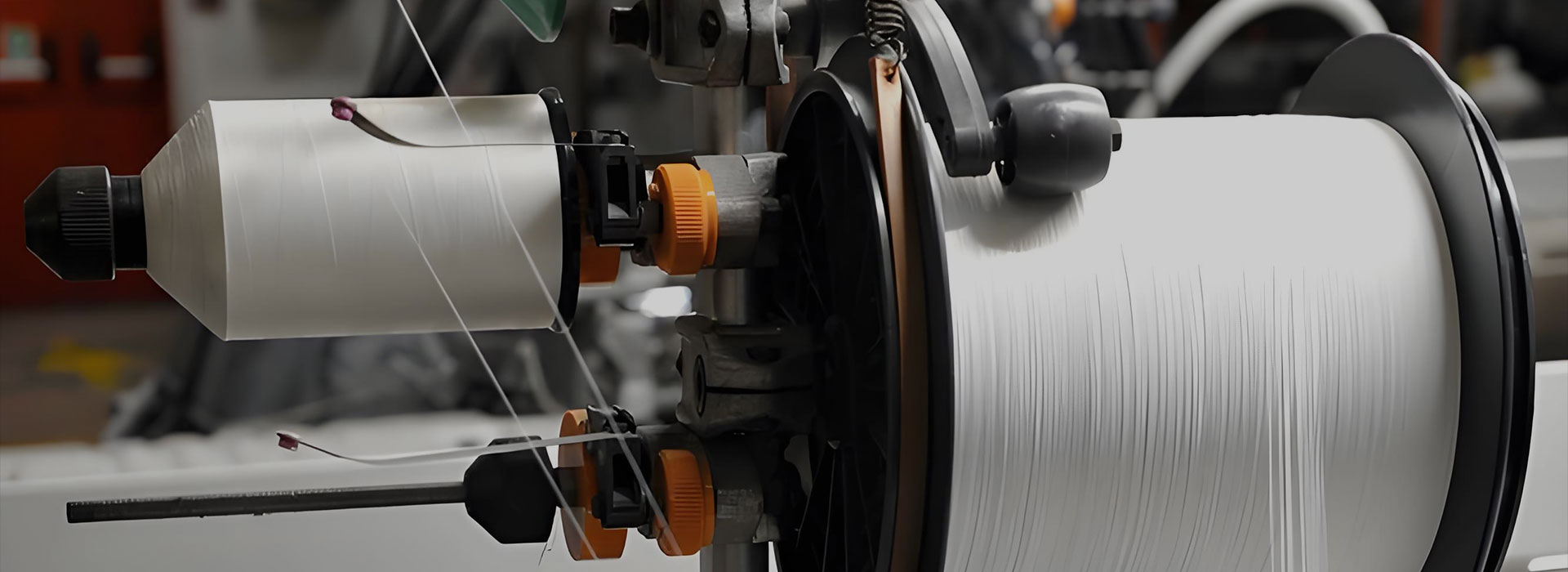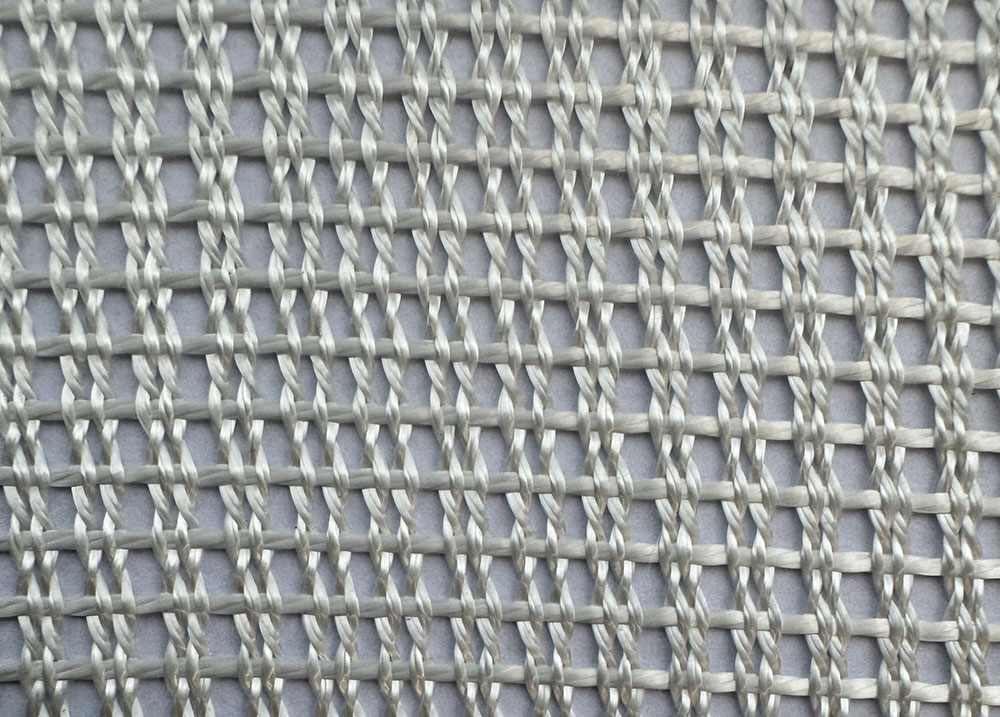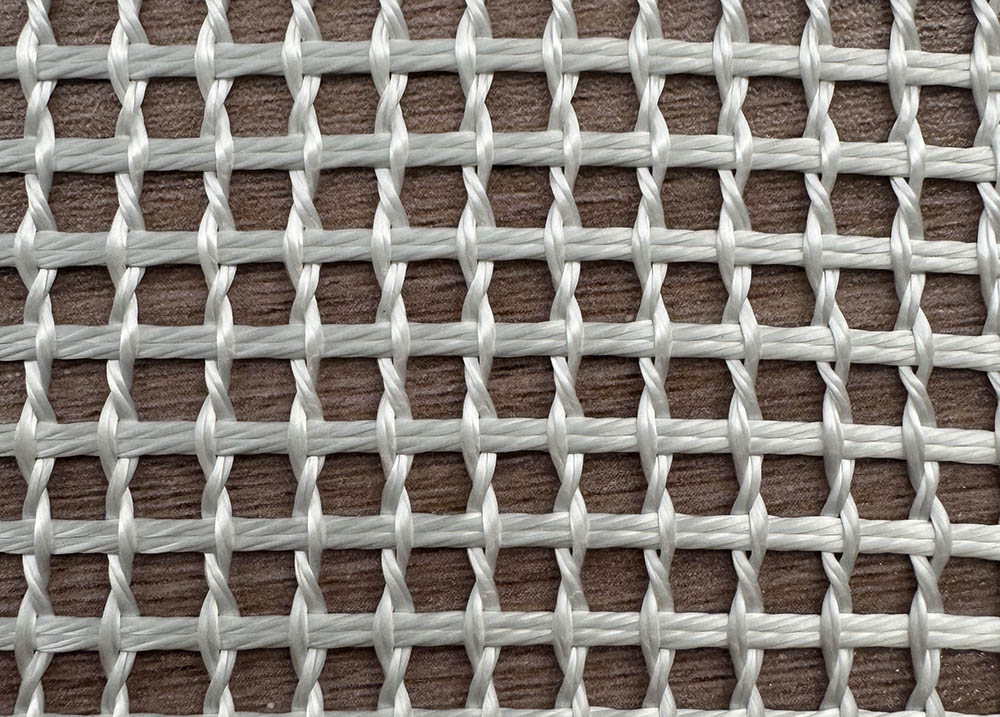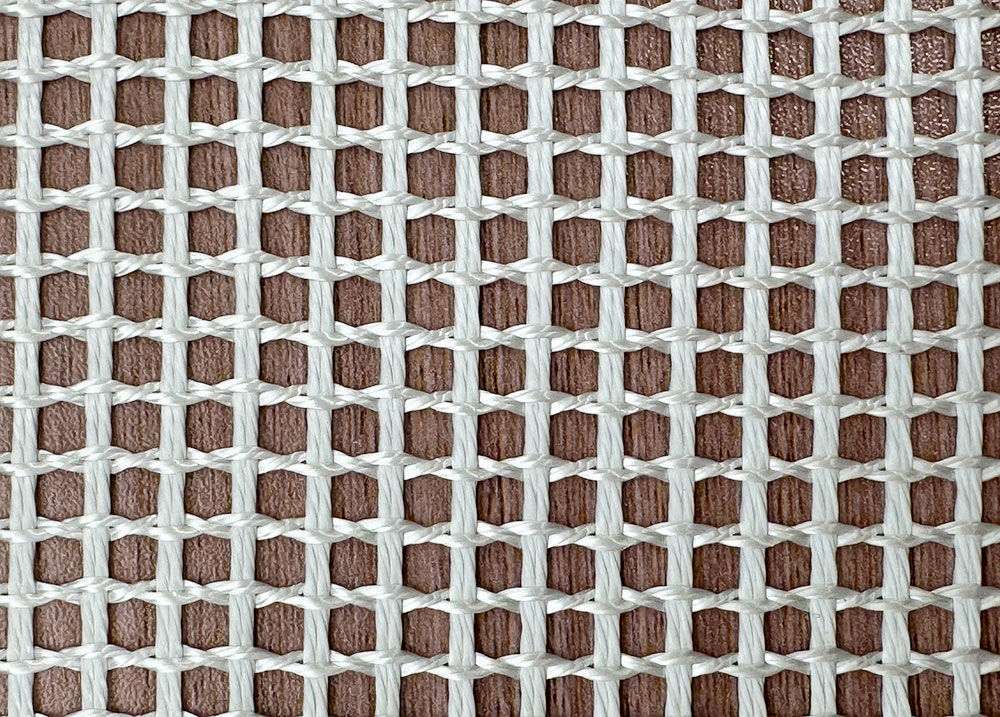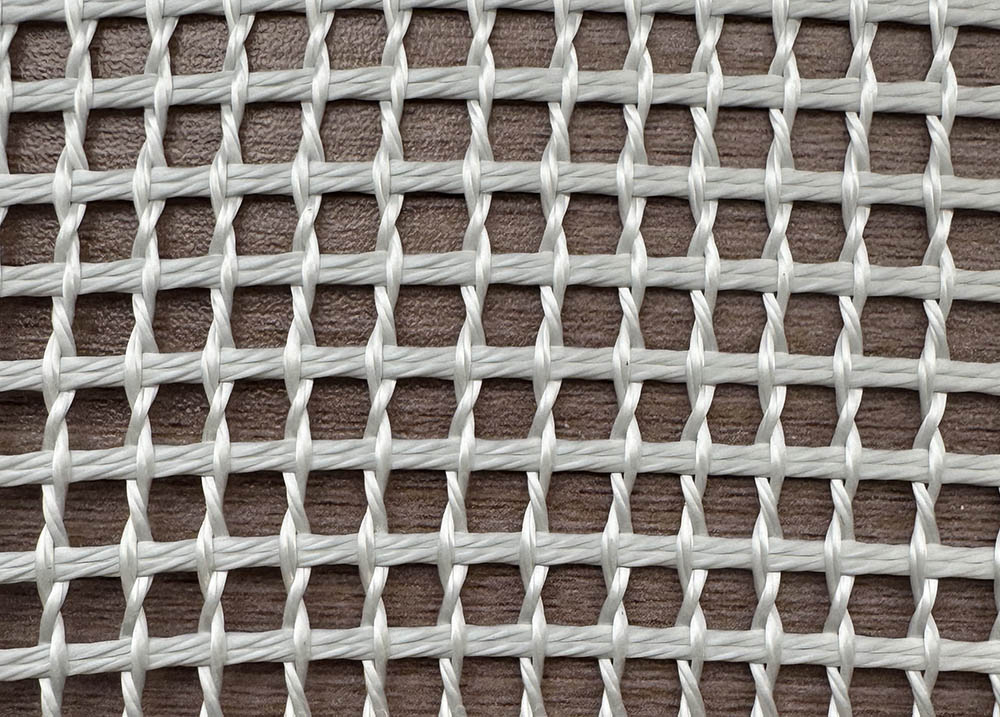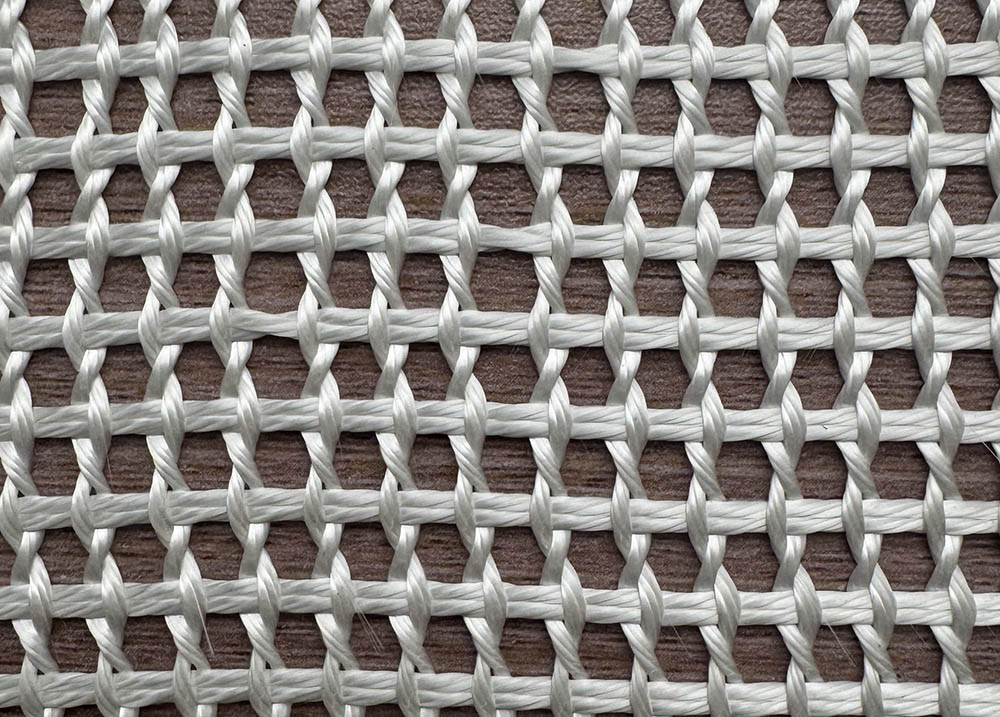Fiberglass Mesh Fabric for Building
Key Features
· Alkali Resistance: Coated for long-term stability in cement and mortar environments
· Strong & Flexible: Lightweight yet durable for easy handling and reliable reinforcement
· Crack Prevention: Enhances surface integrity and prevents fissures over time
· Weather-Resistant: Performs well under extreme heat, cold, and moisture
· Versatile Sizing: Available in rolls and customizable dimensions for various project needs
Applications
· Plaster & Mortar Reinforcement: For smooth, crack-free finishes on walls and ceilings
· Waterproofing Layers: Effective in protecting roofs, basements, and balconies
· ETICS (External Thermal Insulation Composite Systems): Adds strength and adhesion to exterior insulation layers
· Renovation & Restoration: Reinforces aging structures and prevents future damage
· Decorative Finishes: Supports microcement, stucco, and other surface applications for added durability
How Fiberglass Mesh Fabric for Building Prevents Cracks
Fiberglass mesh fabric is widely used in construction to prevent cracks in walls, floors, and insulation layers. Its effectiveness comes from several key mechanisms:
1. Stress Distribution
Concrete, mortar, and plaster naturally shrink and expand during curing and drying. Fiberglass mesh distributes these stresses evenly across the surface, reducing localized stress points where cracks usually form.
2. Reinforcement and Tensile Support
The high tensile strength and flexibility of fiberglass fibers allow the mesh to act as a tensile bridge. When micro-cracks appear, the mesh holds the material together, preventing cracks from propagating.
3. Strong Bonding with Base Materials
Fiberglass mesh bonds effectively with plaster, cement, or insulation adhesives. This composite structure enhances overall cohesion, making walls, floors, and insulation layers more resistant to cracking.
4. Control of Shrinkage Cracks
During drying or temperature changes, the mesh constrains material volume changes. This controls the width and number of shrinkage cracks, maintaining a smooth and durable surface.
5. Layered Reinforcement
Fiberglass mesh is often installed in the middle or surface layer of plaster, mortar, or insulation. This layered approach prevents cracks from reaching the visible surface, enhancing long-term durability.
Fiberglass mesh fabric acts as an internal reinforcing layer, distributing stress, bridging micro-cracks, and strengthening adhesion with base materials. It is an effective solution to prevent cracking in walls, floors, and insulation systems, ensuring long-lasting, durable construction.


